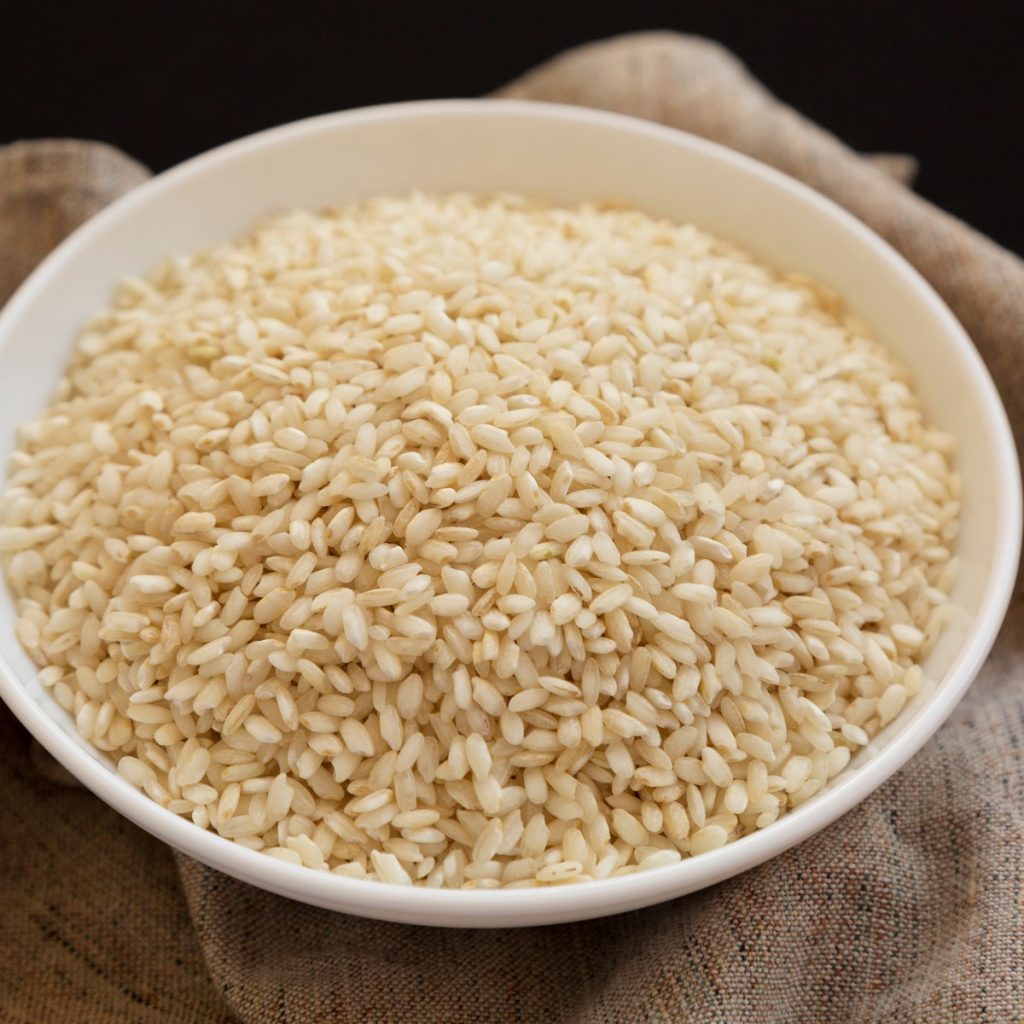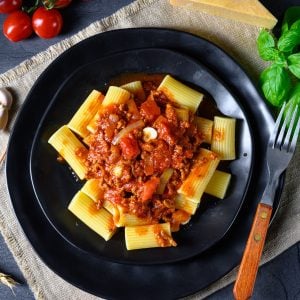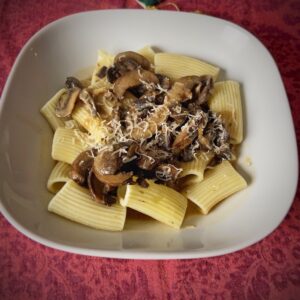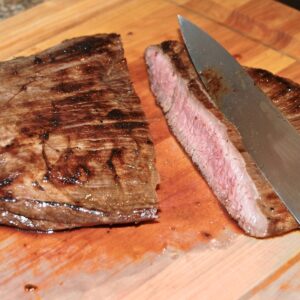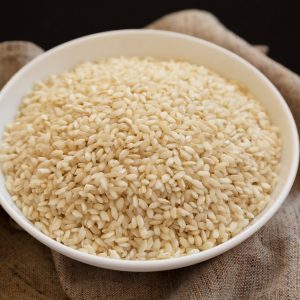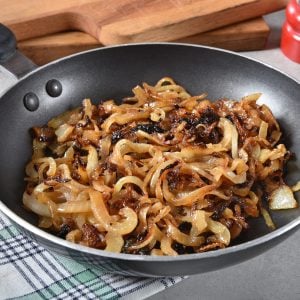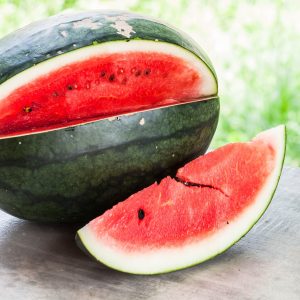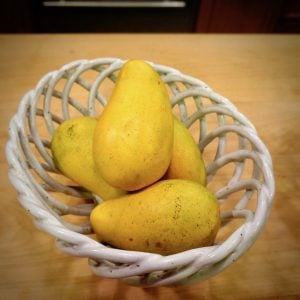All About Arborio Rice
We cook a lot of risotto in our house, so we always have arborio rice in the pantry for a quick and easy meal. Our girls love eating risotto; they both enjoy making it themselves.
Risotto is so versatile. You can make a delicious meal in 30 minutes or less with ingredients in your refrigerator, but it all starts with arborio rice.
Arborio rice is short-grain rice commonly used in Italian cuisine, particularly in risotto preparation. It is named after the town of Arborio in the Piedmont region of Italy, where it was first grown. The rice is known for its high starch content, which gives it a creamy texture and makes it ideal for risotto.
Arborio rice is a versatile ingredient used in various dishes beyond risotto. One of the most popular dishes is “Risotto Alla Milanese,” a risotto with saffron; it’s one of Italy’s most traditional and iconic dishes. It is also a key ingredient in “Risotto al Funghi,” a risotto with mushrooms, and “Risotto Alla Pescatora,” a seafood risotto.
Arborio rice’s high starch content makes it desirable for risotto. When the rice is cooked, the starch is released, creating a creamy, velvety texture. The starch also helps bind the dish’s flavors together, making it a perfect base for various ingredients.
When cooking with Arborio rice, it is essential to use a good-quality stock, such as chicken or vegetable stock. The stock is slowly added to the rice, a little at a time, while constantly stirring. This process, known as “mantecatura,” gives the risotto its creamy texture.
Arborio rice is also used to make other dishes, such as “Arancini,” which are fried rice balls filled with meat or cheese; they are popular street food in Italy. It can also be used in various sweet dishes, such as rice pudding, or as a replacement for traditional pasta in sweet lasagnas.
In addition to its culinary uses, Arborio rice is also a good source of carbohydrates and provides a moderate amount of protein. It’s also gluten-free, making it a suitable option for those with gluten intolerance.
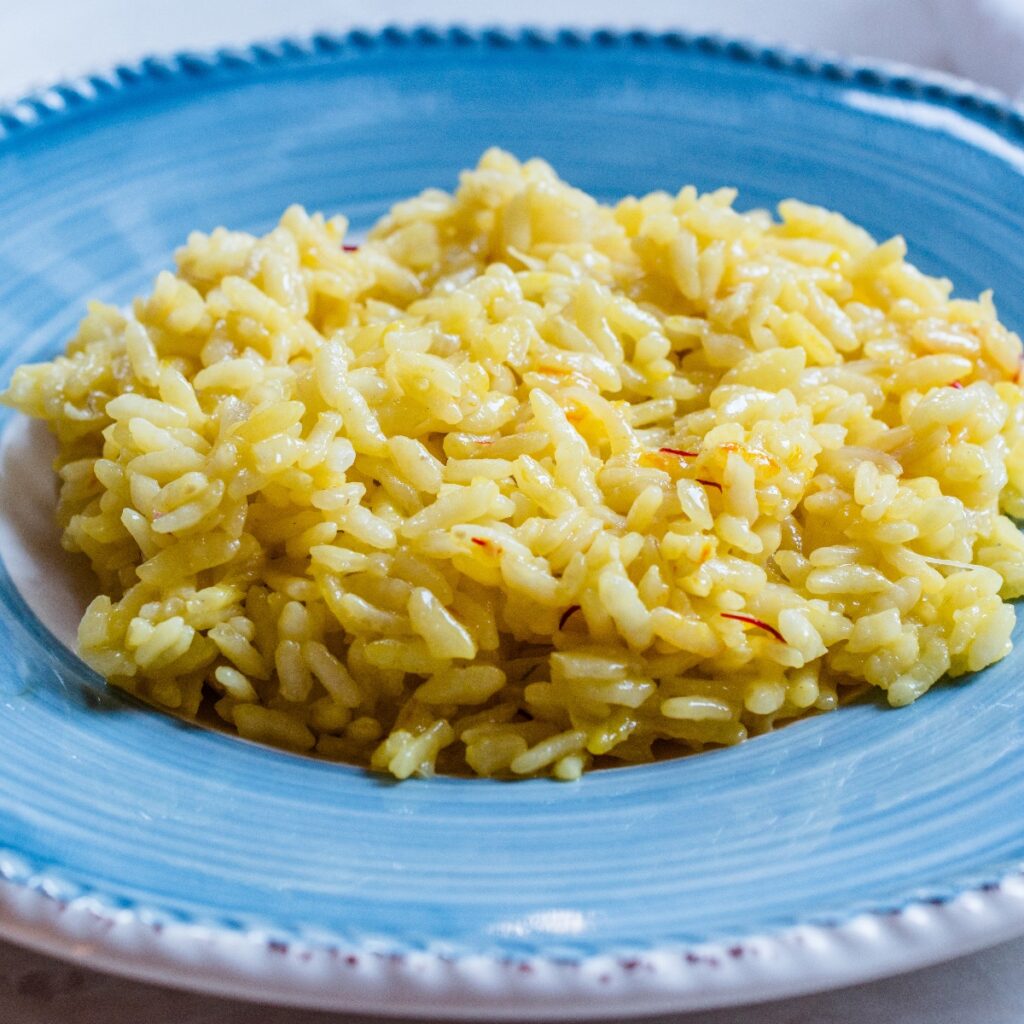
Ways to Use Arborio Rice
Arborio rice is a versatile ingredient used in various dishes beyond traditional risotto. Here are several ways to use arborio rice in cooking:
As previously mentioned, Arborio rice is commonly used to prepare risotto. Risotto can be made with various ingredients such as mushrooms, seafood, meat, vegetables, and cheese.
Arborio rice can be used to make Arancini, fried rice balls filled with meat, cheese, or vegetables. They are a popular street food in Italy and make for a great appetizer or snack.
Arborio rice can make a creamy and sweet rice pudding. It is typically cooked with milk, sugar, and cinnamon and topped with fruits, nuts, or chocolate.
Arborio rice can be substituted for traditional paella rice. Its creamy texture complements seafood, chicken, and chorizo.
Arborio rice can be used to make fried rice. It is cooked with vegetables, meats, and eggs and can be flavored with soy sauce or other seasonings.
Arborio rice can also be used in various sweet dishes, such as a sweet lasagna, rice, fruit salad, or rice and nut-based desserts.
Arborio rice can thicken and add texture to soups. It pairs well with chicken, vegetable, and fish-based soups.
Arborio rice can also be used as a stuffing for vegetables such as bell peppers, tomatoes, and eggplants. It can be mixed with cheese, herbs, and meats to make a flavorful stuffing.
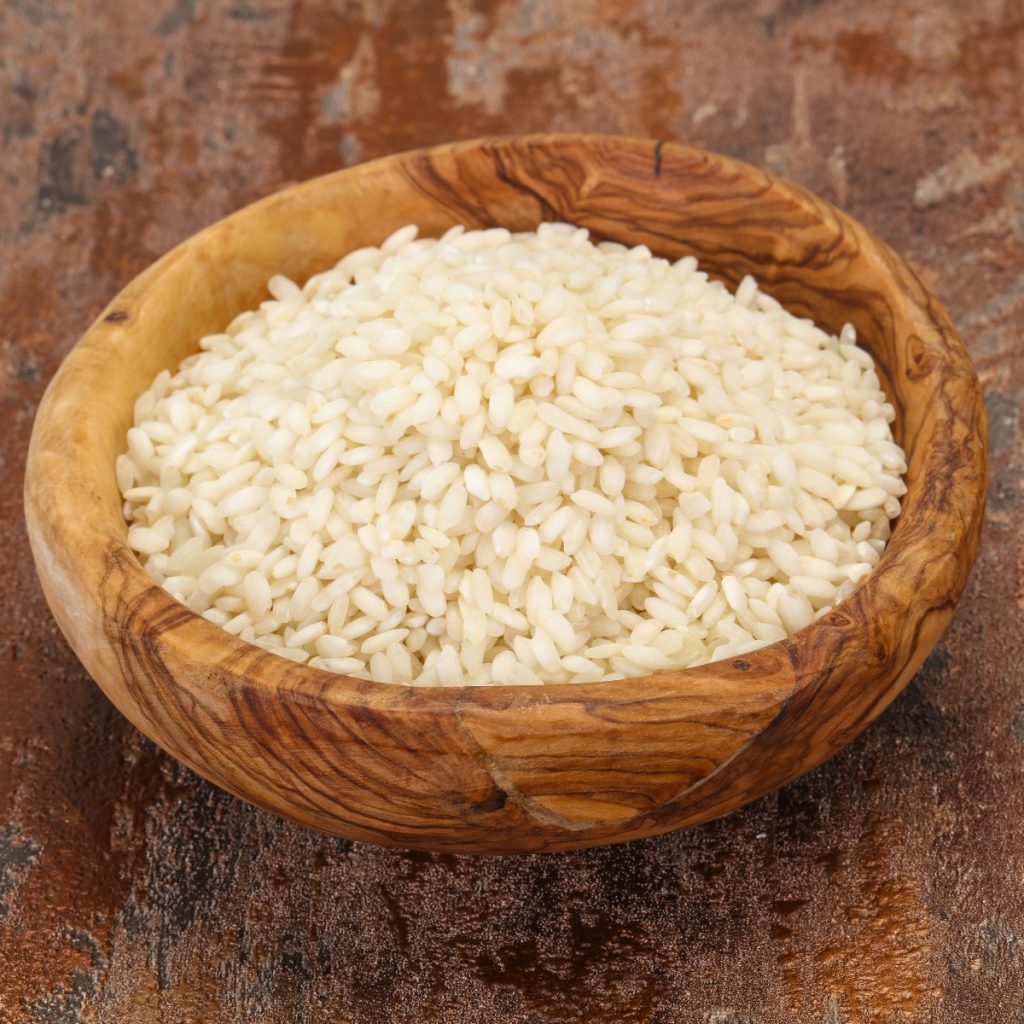
Arborio rice is a short-grain rice named after the town of Arborio in the Piedmont region of Italy, where it was first grown. Rice is believed to have been first cultivated in Italy during the Middle Ages and has been a staple ingredient in Italian cuisine for centuries.
The cultivation of it in Italy was traditionally done in the Po Valley, a large plain stretching across northern Italy. The area is known for its mild climate and fertile soil, making it ideal for growing rice. The cultivation of Arborio rice was particularly prevalent in the Piedmont region, which is located in the northwest of Italy.
During the 19th century, it began to spread to other regions of Italy, and it became a popular ingredient in many traditional Italian dishes. In the early 20th century, Arborio rice began to be exported to other countries, and it quickly became a popular ingredient in many international cuisines. Today, Arborio rice is widely available and is used in a variety of dishes around the world.
In addition to its culinary uses, it is also an important crop for the economy of Italy, particularly in the Piedmont region. The cultivation of Arborio rice is a traditional activity in the region, and it’s an important source of income for many farmers. Arborio rice’s history is closely tied to the culture and cuisine of Italy, and its cultivation and use have played an essential role in the country’s economy and agriculture.
As mentioned above, arborio rice is considered the best for making risotto because of its high starch content. The starch gives risotto its characteristic creamy texture and helps bind the dish’s flavors together.
The high starch content in Arborio rice is due to the unique shape of the grain. Arborio rice has a short, plump, and oval shape, which allows it to absorb more liquid and release more starch than other types of rice. This means that Arborio rice can absorb more of the flavorful broth or stock used to make risotto, giving it a rich, creamy texture and a delicious taste.
When it is cooked, the starch granules in the rice swell and burst, releasing their starch into the cooking liquid. As the rice cooks, the starch thickens the liquid and creates a creamy, velvety texture. This starch also helps bind the flavors of the dish together, making it a perfect base for various ingredients.
Another reason it is suitable for risotto is its high amylose content. Amylose is a type of starch that makes the rice firm and resistant to overcooking, allowing it to retain its shape while still becoming creamy. This means that risotto can be cooked to the perfect consistency without turning mushy.
Several substitutes for Arborio rice can be used to make risotto and other dishes that call for this type of rice. Some of the most commonly used substitutes include:
- Carnaroli Rice: This is considered to be the “caviar of rice” in Italy, and it’s considered to be the best substitute for Arborio rice. It has a higher starch content than Arborio rice, making it even creamier and more flavorful.
- Vialone Nano Rice: This short-grain rice is often used as a substitute for Arborio rice. It has a similar texture and creaminess and is also known for its ability to absorb flavors.
- Baldo Rice: Baldo is a medium-grain rice similar to Arborio in texture and taste; it’s good for dishes that require a firm texture, like paella or soups.
- Sushi Rice: Sushi Rice is a short-grain rice that can be used as a substitute for Arborio rice. It has a high starch content and a sticky texture, making it ideal for making risotto.
- Farro: Farro is a type of wheat that can be used as a substitute for Arborio rice in risotto. It has a nutty flavor and a chewy texture and is a good option for gluten-sensitive people.
It’s important to note that while these substitutes can be used in place of Arborio rice, they may not have the same creamy texture and flavor. Therefore, they are generally more suitable for other dishes like soups, salads, puddings, etc.

